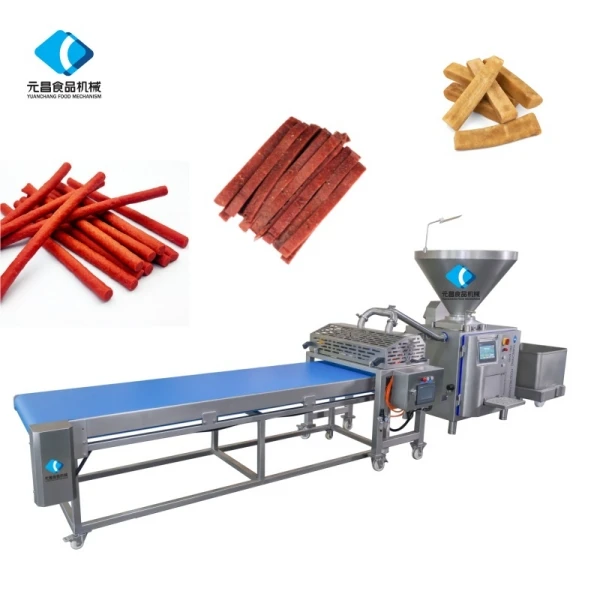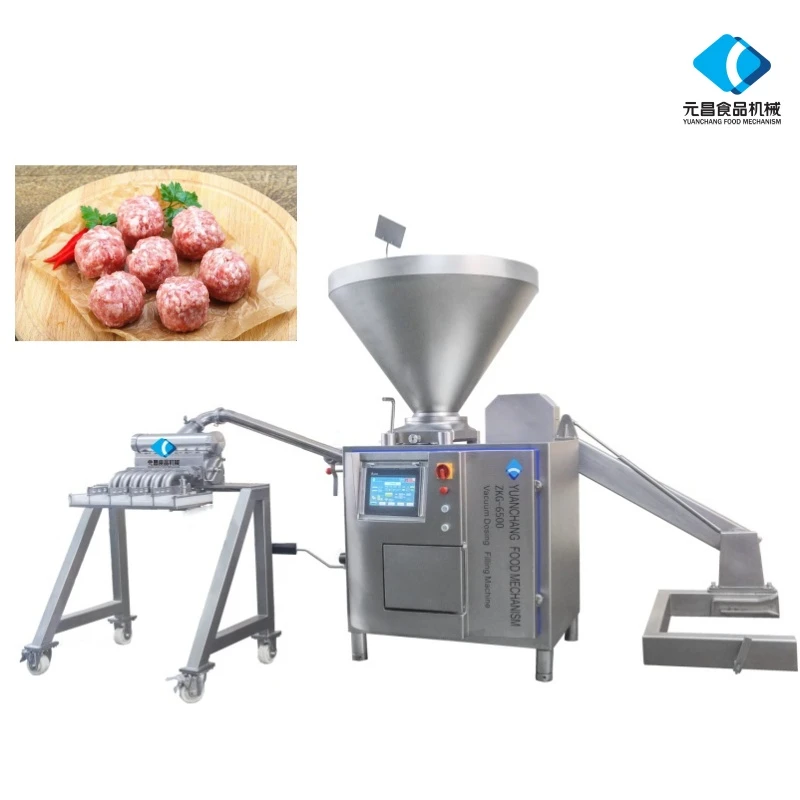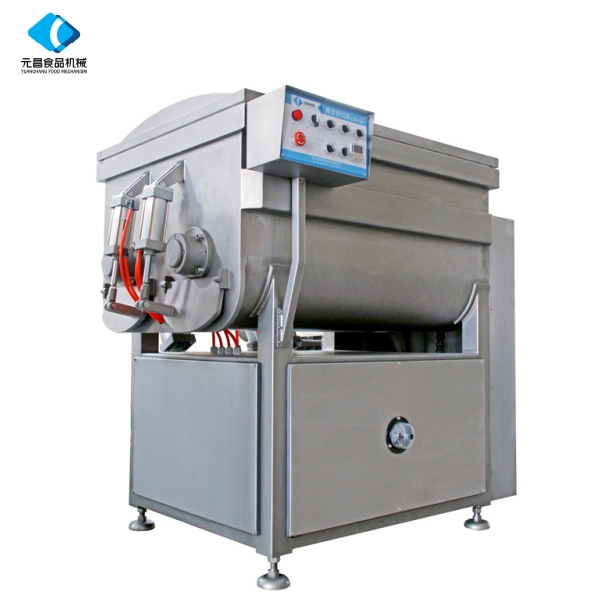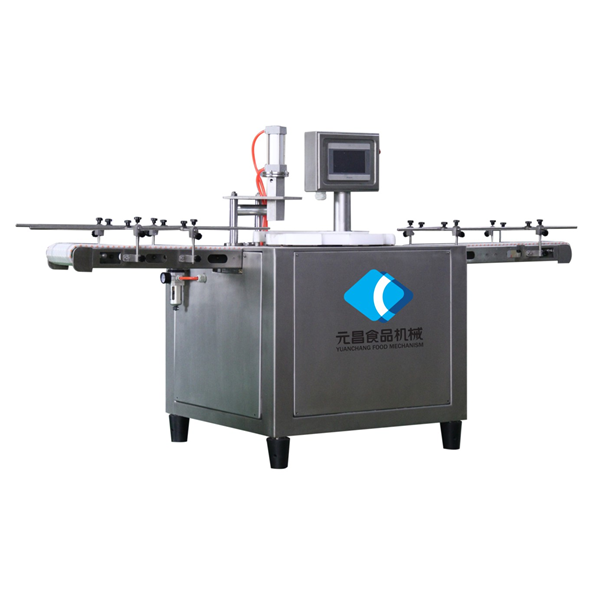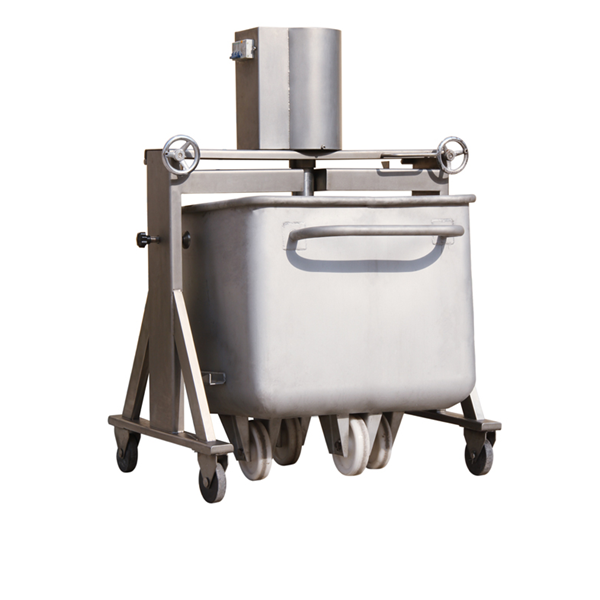- Afrikaans
- Albanian
- Amharic
- Arabic
- Armenian
- Azerbaijani
- Basque
- Belarusian
- Bengali
- Bosnian
- Bulgarian
- Catalan
- Cebuano
- chinese_simplified
- chinese_traditional
- Corsican
- Croatian
- Czech
- Danish
- Dutch
- English
- Esperanto
- Estonian
- Finnish
- French
- Frisian
- Galician
- Georgian
- German
- Greek
- Gujarati
- haitian_creole
- hausa
- hawaiian
- Hebrew
- Hindi
- Miao
- Hungarian
- Icelandic
- igbo
- Indonesian
- irish
- Italian
- Japanese
- Javanese
- Kannada
- kazakh
- Khmer
- Rwandese
- Korean
- Kurdish
- Kyrgyz
- Lao
- Latin
- Latvian
- Lithuanian
- Luxembourgish
- Macedonian
- Malgashi
- Malay
- Malayalam
- Maltese
- Maori
- Marathi
- Mongolian
- Myanmar
- Nepali
- Norwegian
- Norwegian
- Occitan
- Pashto
- Persian
- Polish
- Portuguese
- Punjabi
- Romanian
- Russian
- Samoan
- scottish-gaelic
- Serbian
- Sesotho
- Shona
- Sindhi
- Sinhala
- Slovak
- Slovenian
- Somali
- Spanish
- Sundanese
- Swahili
- Swedish
- Tagalog
- Tajik
- Tamil
- Tatar
- Telugu
- Thai
- Turkish
- Turkmen
- Ukrainian
- Urdu
- Uighur
- Uzbek
- Vietnamese
- Welsh
- Bantu
- Yiddish
- Yoruba
- Zulu
Hopper Trolley for Bulk Handling - Durable, Safe, Mobile
Hopper Trolley is a key solution in the Food Processing industry, specifically within Meat processing and food processing machinery. This article explores how Hebei Yuanchang Food Mechanism & Technology Co., Ltd. supports professionals with durable, high-performance products, and explains why this product is an ideal choice for businesses in these sectors.

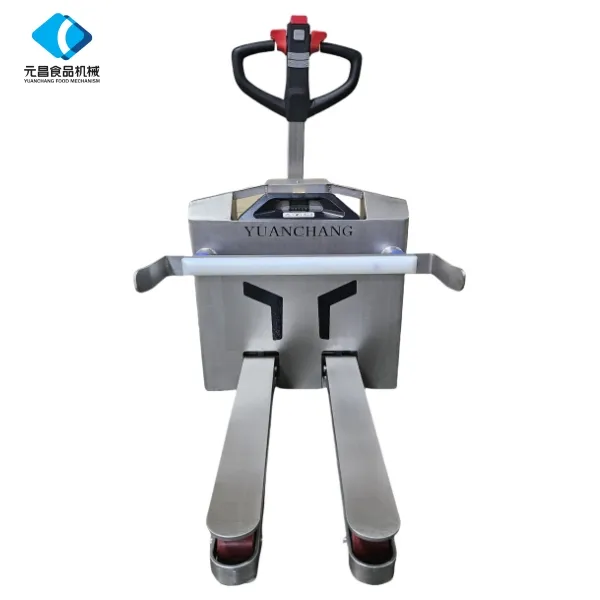

Table of Contents
- Hopper Trolley Overview
- Benefits & Use Cases of Hopper Trolley in food processing machinery
- Cost, Maintenance & User Experience
- Sustainability & Market Trends in Food Processing
- Conclusion on Hopper Trolley from Hebei Yuanchang Food Mechanism & Technology Co., Ltd.
Hopper Trolley Overview
In modern meat plants, a hopper trolley (often called a trolley hopper or meat buggy) is the backbone of short-haul material flow—moving trim, offal, bones, frozen blocks, and pre-mix between cutting rooms, grinders, mixers, and dumpers. Built from food‑grade stainless steel with hygienic, easy‑clean radii, the hopper trolley maintains product integrity while minimizing cross‑contamination risk. When paired with an electric trailer or mover, it becomes a low‑effort, high‑throughput solution for intralogistics in wet, chilled, and high‑care environments.
Typical configurations include standardized buggy volumes (e.g., 200–300 L) with reinforced rims, heavy‑duty swivel casters, and compatibility with lifter/dumper stations and conveyor in‑feeds. Electric tow units from Hebei Yuanchang Food Mechanism & Technology Co., Ltd. feature robust frames, ergonomic tiller controls, and protected drive systems engineered for frequent washdown, helping teams shuttle multiple hopper trolleys safely and efficiently across shifts. For B2B decision makers, this translates to smoother line balancing, fewer manual handling injuries, and reliable hygiene compliance throughout the process flow.
With decades serving the global food industry, Hebei Yuanchang combines precision fabrication with application engineering—customizing trolley dimensions, coupling systems, and wheel compounds to match floor conditions, gradients, and load profiles. The result is a durable, plant‑fit system that integrates seamlessly with grinders, mixers, and dumpers to keep product moving on time and on spec.
Benefits & Use Cases of Hopper Trolley in food processing machinery
Across primary and further processing, hopper trolleys streamline transport between deboning tables, trim inspection, coarse grinding, emulsifying, mixing, and batching. In cooked and chilled applications, they carry prepared batches to lifters feeding tumblers, stuffers, or thermoformers. For by‑products, a trolley hopper isolates material for rendering or pet‑food streams, supporting traceability and allergen segregation. When coupled with Hebei Yuanchang’s electric trailers, one operator can safely tow multiple loaded buggies, reducing aisle congestion and improving line changeover speeds.
Key advantages include hygienic design with smooth inner walls for quick rinse‑down, load stability from reinforced rims, and casters matched to wet floors to reduce push‑pull forces. Electric movers add precise speed control, tight turning radii, and reliable braking on slopes. Yuanchang’s modular couplers fit common buggy standards and can be tailored for custom hopper widths or heights, ensuring compatibility with existing dumpers and lifts—protecting prior CAPEX while elevating overall throughput. For plants targeting ergonomic risk reduction, this system materially lowers manual transport effort and repetitive strain.
Cost, Maintenance & User Experience
Total cost of ownership for a hopper trolley system hinges on durability, sanitation time, and labor savings. Yuanchang’s stainless construction and robust welds endure daily washdown, while standardized wear parts—casters, couplers, bumpers—simplify spares management. When integrated with an electric trailer, plants typically reduce manual handling and cut non‑value‑add travel time per batch, helping the solution pay back through labor efficiency and fewer strain‑related incidents. Because the system extends asset life and stabilizes flow between workcenters, it also reduces unplanned downtime and overtime premiums.
Maintenance is straightforward: daily rinse and sanitize, periodic caster inspection and lubrication, and routine checks on tow batteries and braking. Operators report quieter movement, more predictable stopping, and less fatigue—especially on longer routes or slight gradients—leading to better compliance with SOPs. Meat processors adopting Yuanchang’s trolley hopper plus electric mover setup note smoother batching cadence and faster turnarounds at dumpers, reinforcing the ROI through improved ergonomics and consistent, on‑time material supply to downstream equipment.
Sustainability & Market Trends in Food Processing
Sustainability, labor availability, and audit readiness are reshaping plant logistics. Electrified movement of hopper trolleys helps reduce emissions and noise compared to combustion alternatives, while precise handling protects yield and minimizes product loss. Hygienic designs shorten wash cycles and reduce chemical usage, contributing to water and energy goals. The trend toward digital traceability also favors standardized buggy fleets—easier to tag, stage, and track between zones to support food safety programs and customer audits.
Hebei Yuanchang Food Mechanism & Technology Co., Ltd. aligns with these trends by engineering long‑life equipment, offering options that integrate with existing lifters and dumpers to avoid unnecessary replacement, and supporting service plans that keep assets efficient over years of operation. By focusing on robust materials, ergonomic transport, and compatibility with evolving plant layouts, Yuanchang positions processors to meet regulatory expectations while advancing ESG targets and throughput objectives.
Conclusion on Hopper Trolley from Hebei Yuanchang Food Mechanism & Technology Co., Ltd.
For meat and broader food processors, the hopper trolley—paired with a reliable electric trailer—delivers safer, faster, and cleaner intralogistics. Hebei Yuanchang’s hygienic design, heavy‑duty build, and application‑led engineering help plants stabilize material flow, protect product quality, and reduce ergonomic risk. Backed by responsive support and configurable options, it’s a pragmatic upgrade with clear operational impact.
- Elevate throughput and hygiene with a proven Hopper Trolley system for food processing machinery.
- Trust Hebei Yuanchang Food Mechanism & Technology Co., Ltd. for durable, plant‑fit solutions.
- Strong CTA: Contact us: email: ycmeatmech@gmail.com — Visit our website: https://www.ycmeatmech.com
-
Filling Flow Divider - Precision, Hygienic Multiline DosingNewsNov.18,2025
-
Hopper Trolley: Heavy-Duty, Ergonomic, Easy DischargeNewsNov.18,2025
-
Frozen Meat Slicer for Ultra-Thin, Precise, Safe CutsNewsNov.17,2025
-
Smoke House Machine | Precise, Energy-Efficient, HACCP-ReadyNewsNov.17,2025
-
Smoke House Machine: Uniform, Energy-Efficient SmokingNewsNov.11,2025
-
Meat Filling Machine - Stainless, Precise, High OutputNewsNov.11,2025





